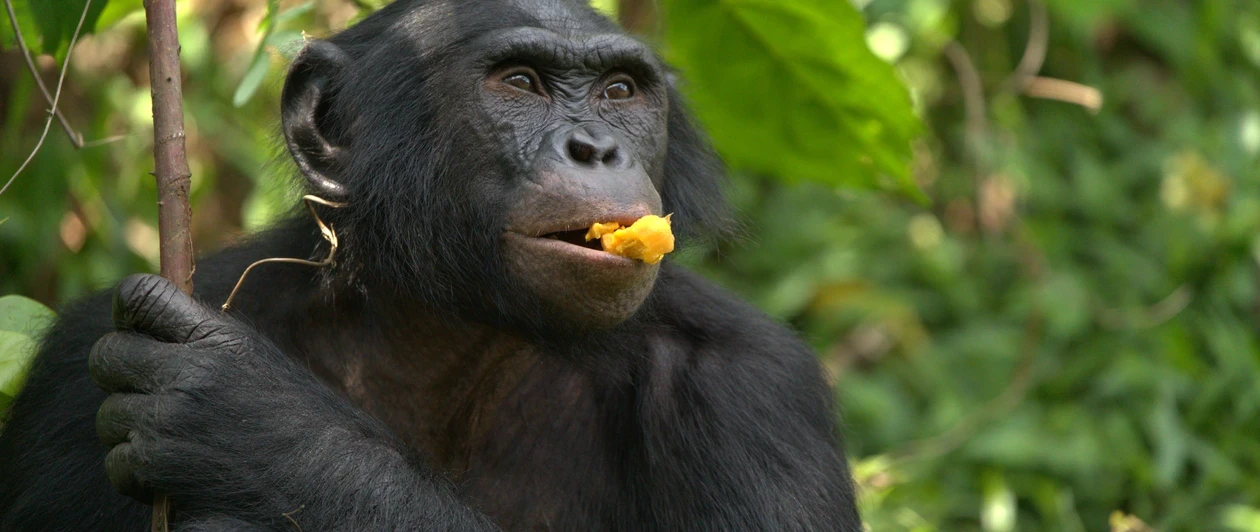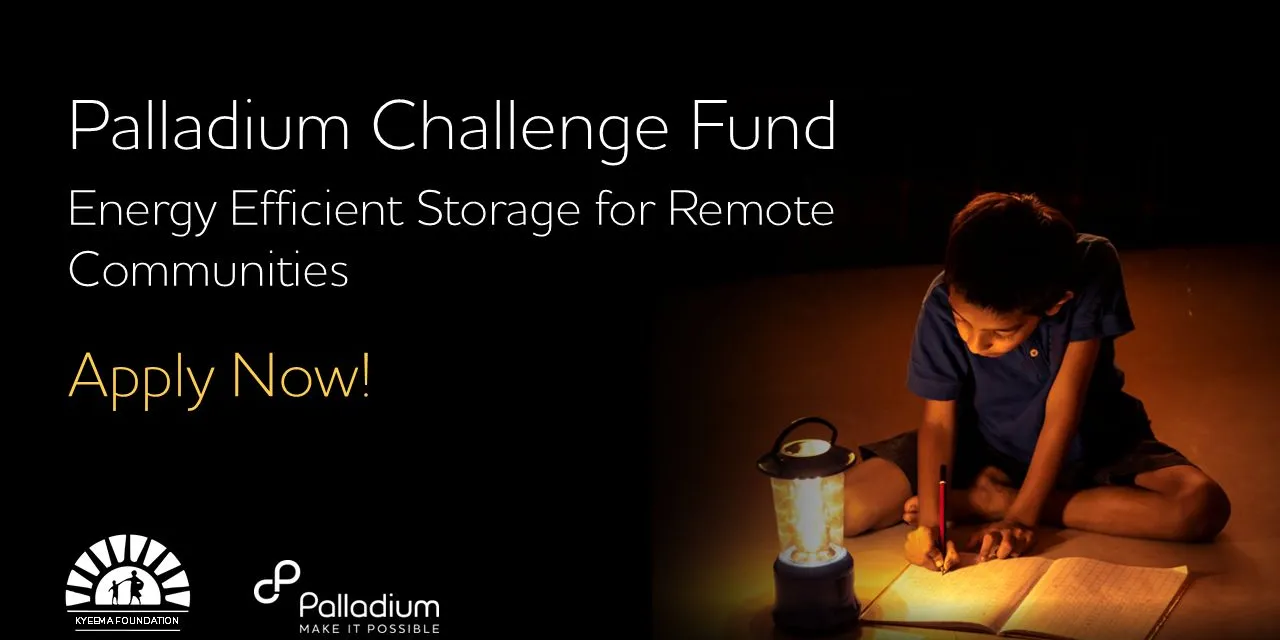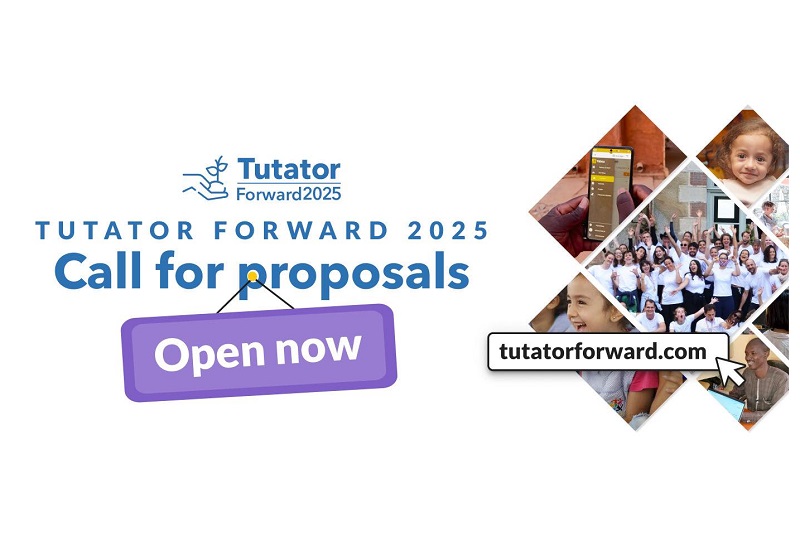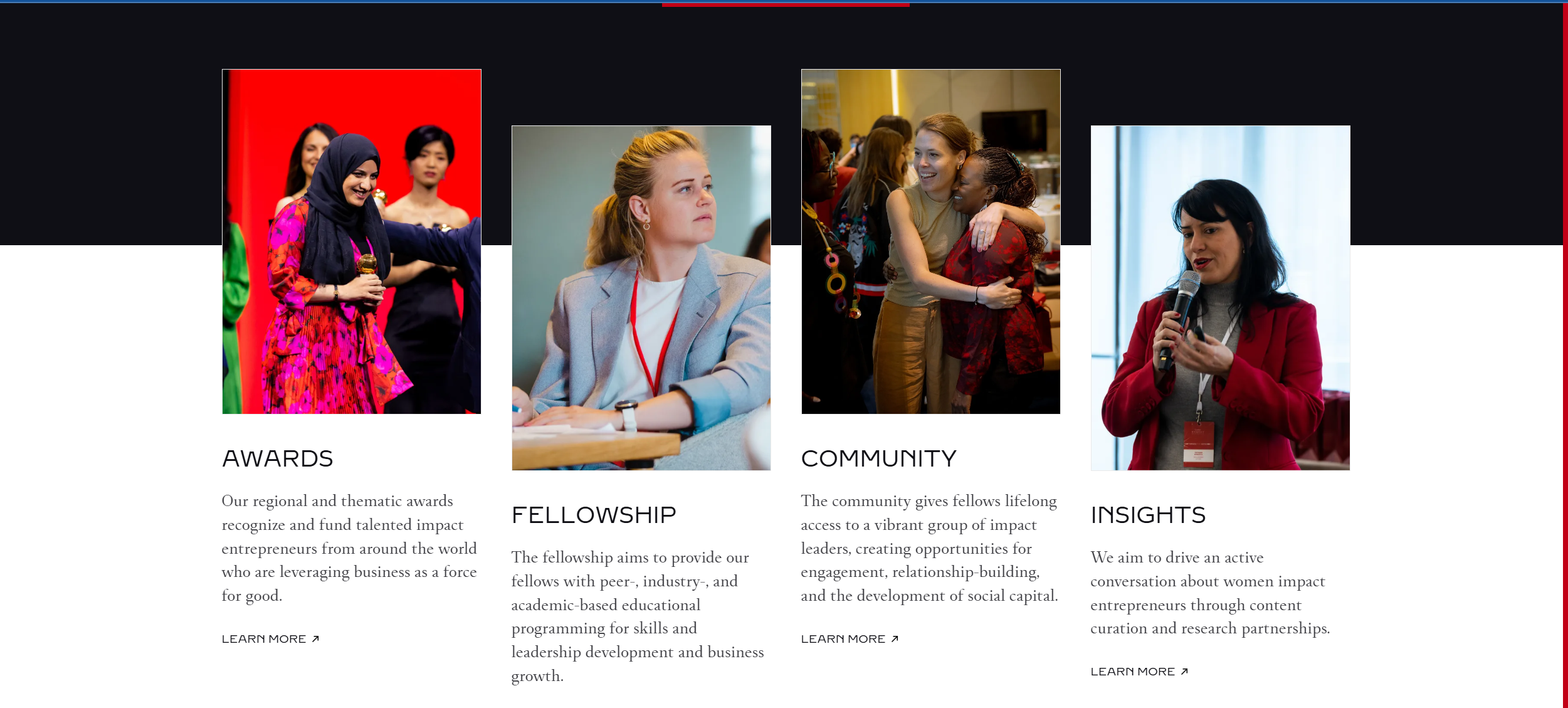Consequently, Story Grants for Great Apes Reporting: Why?
In 2025, Story Grants for Great Apes Reporting, the world teeters on a precipice where the fate of great apes Story Grants for Great Apes Reporting gorillas, chimpanzees, bonobos, and orangutans—mirrors humanity’s trajectory.
With shared DNA, similar social structures, and overlapping habitats, our destinies intertwine closely. Scientists now warn that if great apes can no longer survive, humans may soon face the same fate in an increasingly inhospitable world. The Earth Journalism Network (EJN) has launched a transformative initiative, offering up to eight story grants to journalists in Africa’s range countries. These grants aim to amplify urgent stories about great apes and the vital connections between animal, human, and environmental health.
Understanding the Status of Great Apes in Africa
Every species of great ape is currently listed as Endangered or Critically Endangered. From the remote forests of the Democratic Republic of the Congo to the misty mountains of Rwanda, these intelligent beings face unprecedented pressure. Yet, there’s hope. Mountain gorillas, for instance, show signs of population recovery due to focused conservation inside protected zones. Even so, this progress is delicate and reversible.
-
The Role of Disease in Great Ape Population Decline
Diseases, especially those that spread through human contact or intensify due to habitat loss, pose one of the greatest threats to great apes. Tourism, encroachment, and research activities often introduce illnesses like Ebola and respiratory infections, which severely impact already fragile populations. Outbreaks among great apes frequently signal potential human pandemics, serving as powerful reminders of our deep interconnectedness.
Connecting Human, Animal, and Environmental Health
These grants prioritize the One Health framework—an approach that emphasizes the interconnectedness of human, animal, and environmental health. It challenges journalists to connect the dots, from zoonotic spillovers in dense forests to urban outbreaks linked to illegal wildlife trade. Telling these stories with clarity and depth can influence policy and drive meaningful protections for wildlife and communities alike.
Effective Strategies That Are Making a Difference
The grant program supports stories that showcase participatory, science-backed conservation efforts. These aren’t abstract ideas—they’re real-world interventions grounded in community and scientific collaboration. For example, community patrols that reduce poaching and vaccination programs that safeguard both gorillas and humans demonstrate what works on the ground.
-
The Role of National Parks and Wildlife Reserves
Protected areas serve as more than just sanctuaries—they function as vital buffers for public health. National parks in Uganda and Rwanda, for instance, host thriving gorilla populations while also supporting tourism and health infrastructure. Journalists who document how
-
-
A story pitch (max 500 words)
-
A detailed budget spreadsheet with justifications
-
Two links or samples of previous work
-
A signed letter of support from an editor, confirming publication by October 31, 2025
These parks operate, secure funding, and navigate conflict can uncover rich, multi-layered narratives.
Human-Wildlife Interaction and Emerging Risks
As human populations grow and forests shrink, people and apes increasingly share space. These encounters raise the risk of zoonotic spillovers, where diseases jump from animals to humans. Journalists should explore how close interactions—on farms, in markets, or during eco-tourism—could spark the next global health crisis.
How Traditional Knowledge Shapes Conservation
Many Indigenous and traditional communities hold deep ecological knowledge, yet conservation efforts often exclude them. Uplifting these voices—especially in forest management and human-wildlife coexistence—adds cultural depth and ethical strength to storytelling.
The Morality of Monitoring and Medical Intervention
Ethical questions abound: Should conservationists vaccinate wild gorillas? Should drones monitor ape movements? Are necropsies on deceased apes justified? These complex issues sit at the crossroads of science, ethics, and journalism. The grant program encourages nuanced reporting that digs into these moral dilemmas.
How Environmental Changes Affect Ape Survival
Climate change doesn’t just impact polar ice—it’s reshaping African forests, too. Temperature shifts, prolonged drought, and altered fruiting seasons affect ape diets, migration, and health. Journalists can explore how these changes compound existing threats and challenge species’ survival.
Mining, Logging, and Their Environmental Impact
Extractive industries threaten ape habitats across Africa. Journalists should follow the money—Story Grants for Great Apes Reporting encourage investigations into how global mineral demand fuels deforestation and displacement. Journalists can also examine whether companies respect environmental laws or exploit regulatory gaps.
The Double-Edged Sword of Eco-Tourism
Tourism can fund conservation efforts, but it may also expose apes to disease and behavioral disruption. Effective reporting should explore both sides of the issue, highlighting how eco-tourism can help or hinder long-term survival.
Legal Loopholes and Illegal Networks
Wildlife trafficking, whether legal or illegal, continues to threaten great apes. Grantees should investigate how weak enforcement, corruption, and global demand sustain this crisis. Tracing the path from forest to black-market sale could reveal systemic failings and possible solutions.
Community-Led Initiatives That Work
Some of the most effective conservation efforts emerge from grassroots leadership. Stories about youth-run radio shows, local reforestation efforts, or traditional healers advocating for wildlife offer powerful examples of community resilience.
Laws, Treaties, and the Gap in Implementation
Although African nations have signed numerous biodiversity agreements, enforcement often lags. Journalists can explore the disconnect between policy and reality, especially when community livelihoods, corruption, or weak governance obstruct conservation goals.
Apes Beyond Borders: Collaborative Journalism
Great apes don’t recognize political borders, and neither should storytelling. The grant encourages journalists to collaborate across countries, whether covering chimpanzees in Côte d’Ivoire and Liberia or gorillas in Rwanda, Uganda, and the DRC. Cross-border stories offer broader perspectives and a stronger impact.
Women and Indigenous Journalists on the Frontlines
EJN especially encourages women, Indigenous, rural, and early-career journalists to apply. Their unique perspectives often go underreported. The grant provides editorial mentorship to strengthen these voices and empower their work.
Editorial Mentorship for Selected Journalists
Grantees don’t just receive funding, they also gain guidance. Experienced journalists will mentor recipients through the editorial process, helping them develop compelling, publishable stories that resonate both locally and globally.
Using Multimedia and Data in Wildlife Reporting
The most impactful proposals incorporate visuals and data. Journalists should consider using photography, drone footage, data visualizations, or interactive maps to enhance storytelling and make complex issues more accessible.
Shaping Public Perception Through Narratives
The media plays a pivotal role in shaping how society views conservation. By focusing on underreported species or overlooked regions, journalists can shift narratives and influence both public opinion and policy.
How to Structure a Strong, Justifiable Proposal
Applicants should submit a detailed budget—ideally under $1,500—clearly explaining how they plan to use the funds (travel, equipment, translation, stipends). Stipends must not exceed 30% of the total. Proposals also need to outline realistic timelines, story goals, and prospective media partners.
Why Honesty About AI Use Matters
Transparency matters. If you use AI tools like ChatGPT to assist with writing or a proposal for Story Grants for Great Apes Reporting development, disclose that in your application. Ethical journalism starts with honesty.
Common Proposal Mistakes to Avoid
Avoid vagueness. Don’t recycle overexposed stories unless offering a fresh perspective. Weak budgets, unsupported claims, or missing letters of support often lead to rejection.
Range Country Eligibility and Language Requirements
Only journalists living in countries where great apes naturally occur—such as Nigeria, Uganda, and Cameroon—are eligible. Applications must be written in English or French.
What Your Submission Should Include
Each application must include:
-
- Budget spreadsheet with justifications
- Two published writing samples
- Letter of support from an editor
From June Award to October Publication
Grants will be awarded in June 2025. All stories must be completed and published by October 31, 2025. Time management will be crucial for successful delivery.
What Judges Look for in a Strong Proposal
Criteria include originality, feasibility, impact, and the strength of the storytelling pitch. Bonus points for regional diversity and innovative angles.
COVID and Field Reporting Considerations
Health protocols must be followed. If PPE or testing is needed, include those costs in your budget. Your safety and that of your sources are paramount.
Expanding Audience with Language Diversity
While stories can be published in any language, an English translation must be included. Consider translating stories for broader reach.
Republishing Rights and EJN Credit Line
All supported Story Grants for Great Apes Reporting must acknowledge EJN and Arcus Foundation. EJN also retains the right to edit and republish stories as part of broader distribution.
Step-by-Step Instructions and Key Links
To apply:
- Log in or create an account on the EJN site. HERE
- Click “Apply Now.”
- Complete the application and upload the required documents.
- Submit before June 4, 2025, 11:59 PM (Dar es Salaam time).
FAQs
What is the maximum grant amount?
Up to USD 1,500 per grant.
Can freelance journalists apply?
Yes, both freelancers and staff journalists are eligible.
What types of stories are preferred?
In-depth, underreported, and solutions-oriented stories.
Do I need a media partner?
Yes. A letter of support from an editor is mandatory.
Can I apply with a team?
Yes, but one person must act as the lead applicant.
Can I submit in another language?
Only English and French applications are accepted.
Conclusion: The Story Grants for Great Apes Reporting initiative offers more than just funding; it’s a platform for meaningful storytelling that could shape the future of conservation across Africa. With editorial support, multimedia possibilities, and a powerful mission at its core, this is a unique opportunity to blend journalism with justice, biology with humanity.




